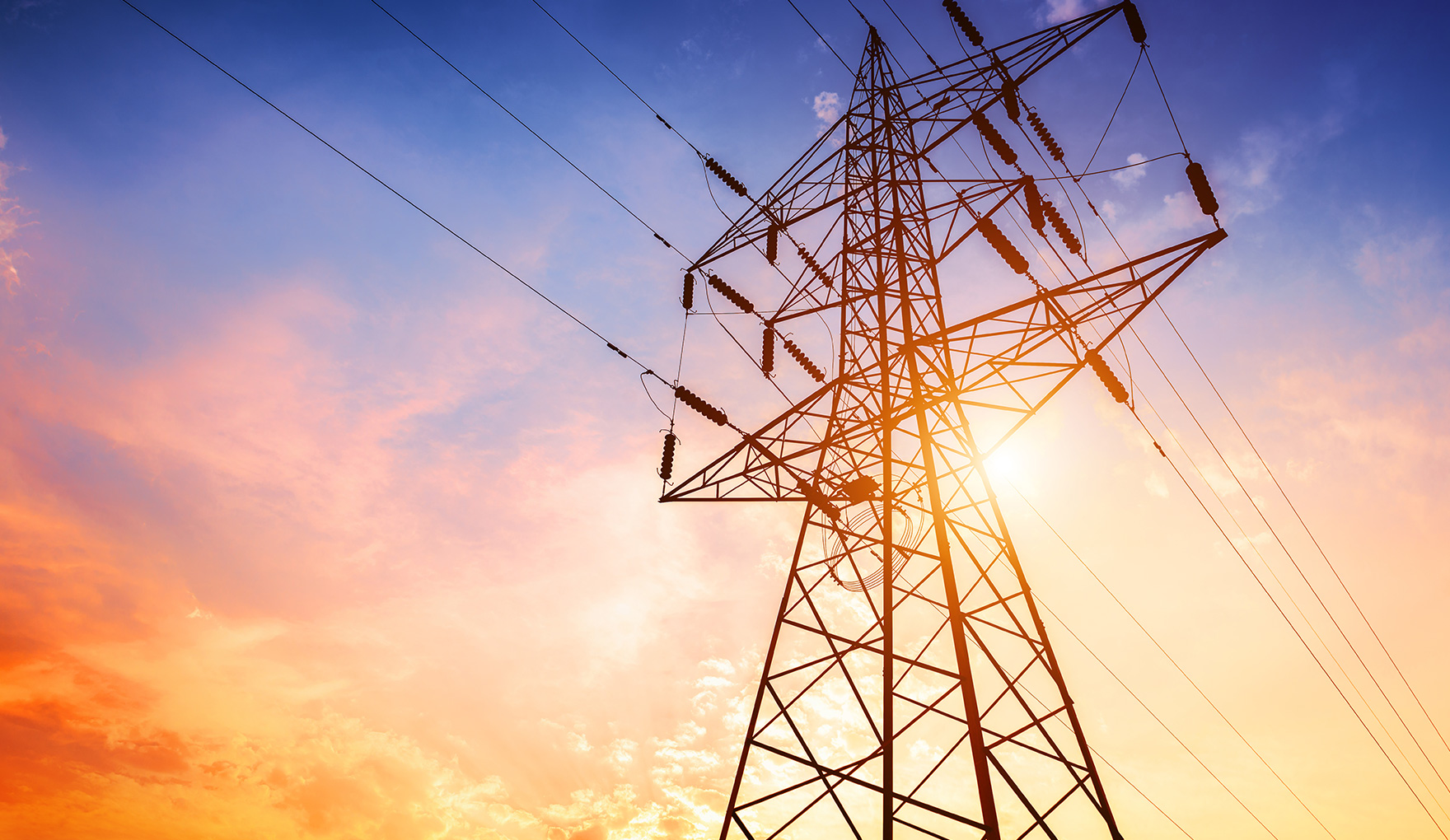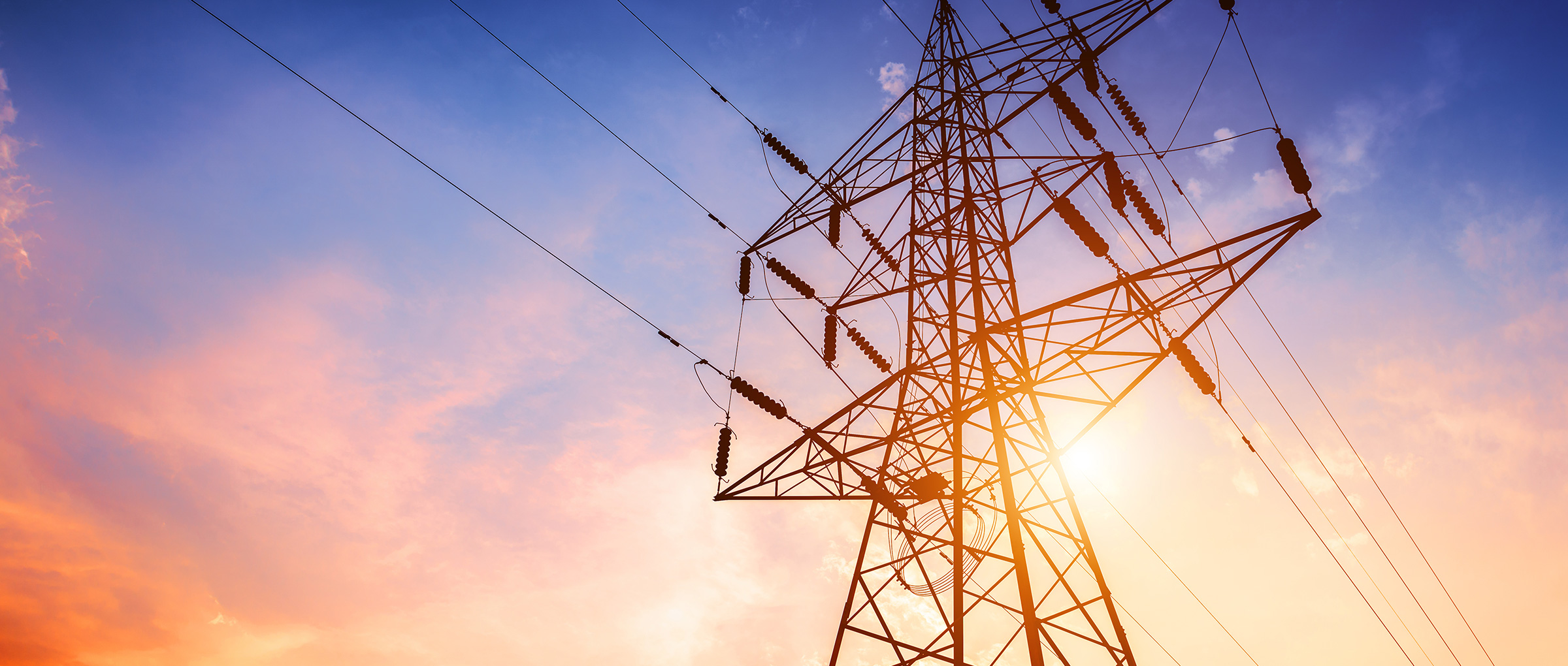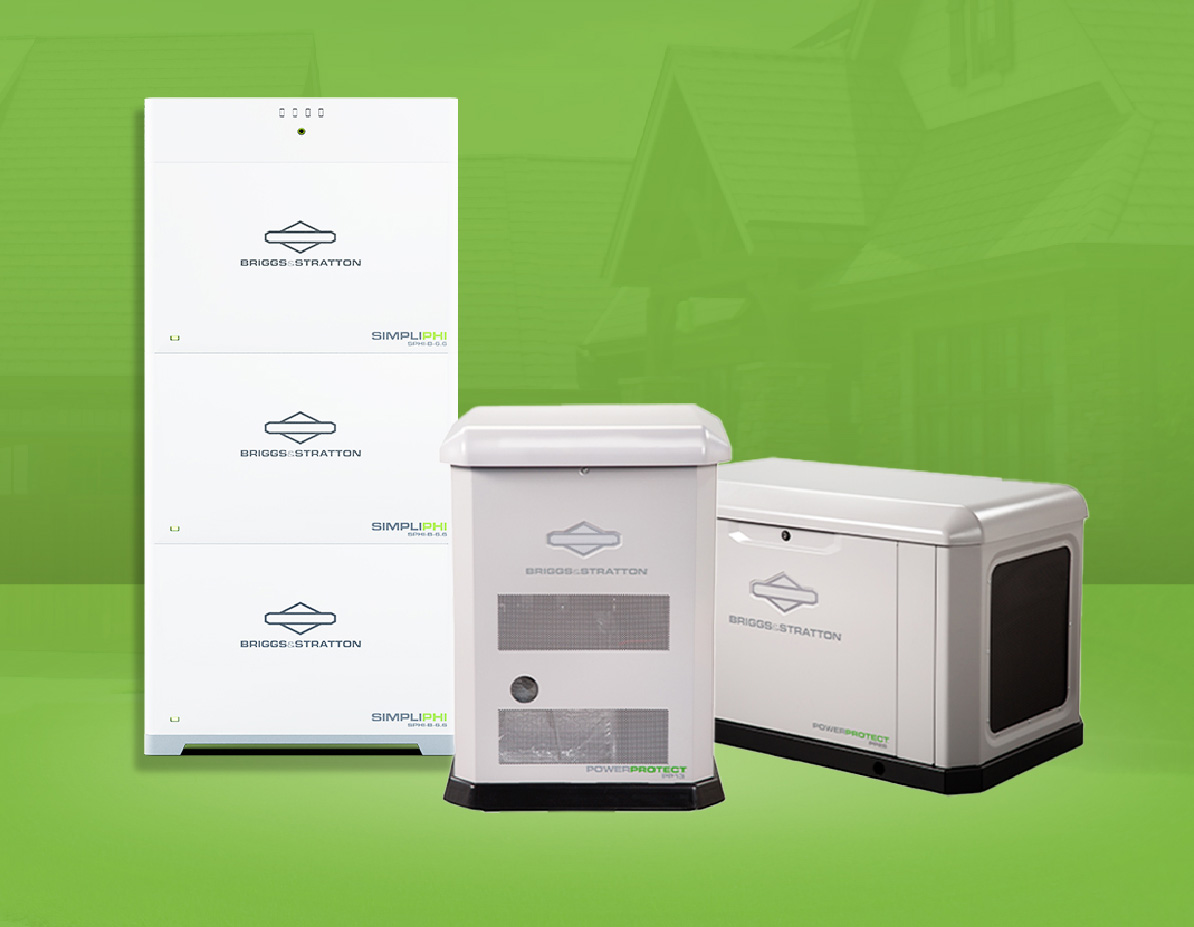DER Program Overview and History
Distributed Energy Resources (DER) programs originated from the need to modernize and stabilize electrical grids facing increasing demand and the integration of renewable energy sources. Historically, power grids relied on large, centralized power plants that transmitted electricity over long distances. However, with the rise of technologies like solar panels and battery storage, decentralized energy generation became more feasible.
DER programs emerged to manage and leverage these smaller, distributed energy sources. They allow these resources, such as residential solar arrays and battery systems, to interact with the main grid, contributing energy and helping to balance supply and demand. This shift addresses grid limitations, enhances reliability, and promotes cleaner energy use.

How DER Programs Work
DER programs integrate smaller, decentralized energy sources into the electrical grid. These programs can include solar panels, battery storage, and other technologies.
Key Aspects of DER Programs
Integration of Decentralized Sources: DER programs bring in various energy sources such as solar panels, battery storage, and wind turbines, which are located closer to consumers rather than at centralized power plants.
Grid Stabilization: By distributing energy sources, DER programs enhance grid stability. They can quickly respond to fluctuations in energy demand and prevent blackouts by providing local energy reserves.
Increased Energy Independence: DER programs allow individuals and communities to generate and store their own energy, reducing reliance on centralized grids and fostering energy independence.
Reduced Strain on Centralized Power Plants: When distributed resources contribute to the grid, it alleviates the load on traditional power plants, which can be expensive and environmentally impactful to operate at peak capacity.
Financial Incentives for Participants: Many DER programs offer financial incentives to participants who contribute their energy resources to the grid. These incentives can include payments, bill credits, and savings from reduced peak demand fees.
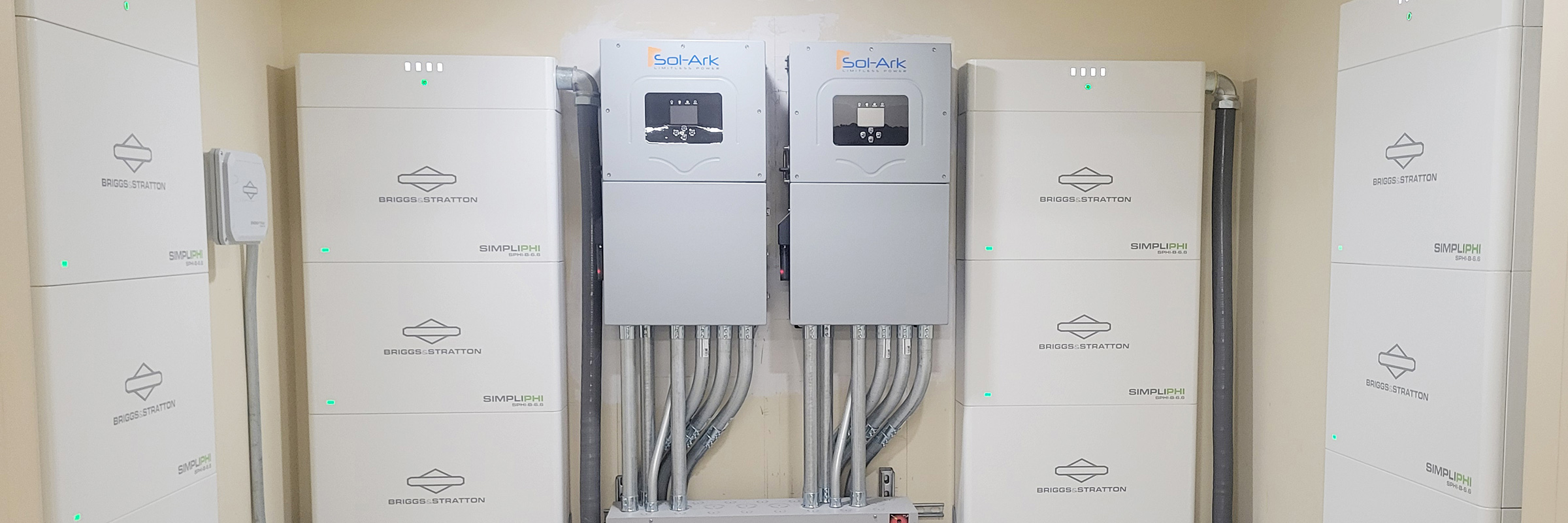
Briggs & Stratton Battery Participation
Briggs & Stratton batteries can participate in DER programs by providing stored energy back to the grid during peak demand periods. Residential customers using these batteries can benefit financially through incentive payments, bill credits, and energy savings. This participation helps stabilize the grid and offers financial returns for the homeowner.

Financial Benefits for Residential Customers
Benefit |
Description |
Incentive payments |
DER programs often offer financial incentives for customers who allow their batteries to support the grid. |
Bill credits |
Participation can lead to credits on electricity bills, offsetting energy costs. |
Energy savings |
Storing energy when it's cheap and using it when prices are high can lower overall electricity expenses. |
Reduced peak demand fees |
DER programs can help reduce individual and overall peak demand on the grid, potentially lowering or eliminating fees associated with high energy usage during peak periods. |
Unfortunately, specific enrollment steps for DER programs are not detailed in the provided document. However, the document does highlight some key aspects of these programs, suggesting where you might start your research:
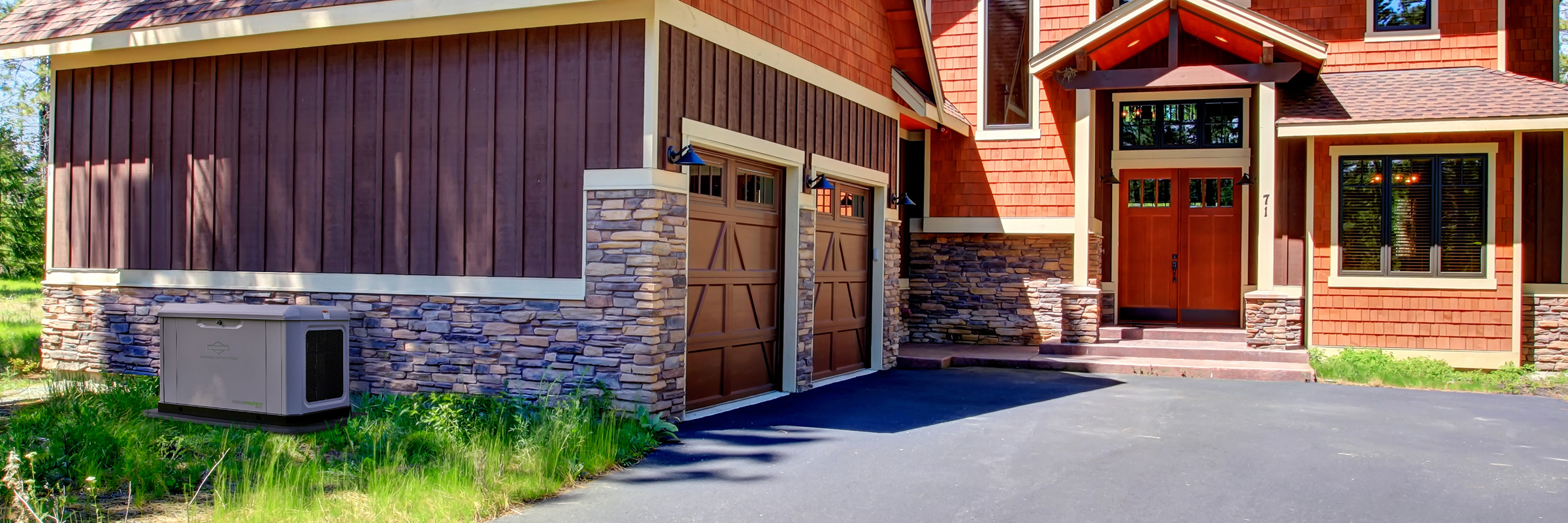
Steps to Investigate DER Program Enrollment
Contact Your Local Utility Company: Begin by contacting your local electricity provider. They will have the most specific information about DER programs available in your area, including eligibility, application processes, and incentive details.
Check for State or Local Government Initiatives: Some states or municipalities offer their own DER programs. Check the websites of your state's energy office or local government for initiatives that might align with your needs.
Research DER Program Providers: Companies specializing in energy solutions might offer DER programs or connect you with available opportunities. Look for companies offering solar panel installation, battery storage solutions, or energy management services.
Inquire About Briggs & Stratton Battery Participation: Since you have Briggs & Stratton batteries, reach out to the company or authorized dealers for information about participation in DER programs. They might have specific instructions or partnerships with utility companies.
Review Program Requirements: Ensure you meet eligibility criteria such as having specific equipment (like batteries or solar panels) and meeting technical grid connection requirements.
Collect Necessary Documentation: Be prepared with documentation like proof of equipment ownership, utility account information, and site details.
Follow Application Procedures: Once you find a program, follow their specific application steps. This might involve online forms, physical paperwork, or site visits.
Remember, specific enrollment steps vary by location and program. Direct contact with your utility provider and researching local government initiatives are the best ways to get detailed information.


